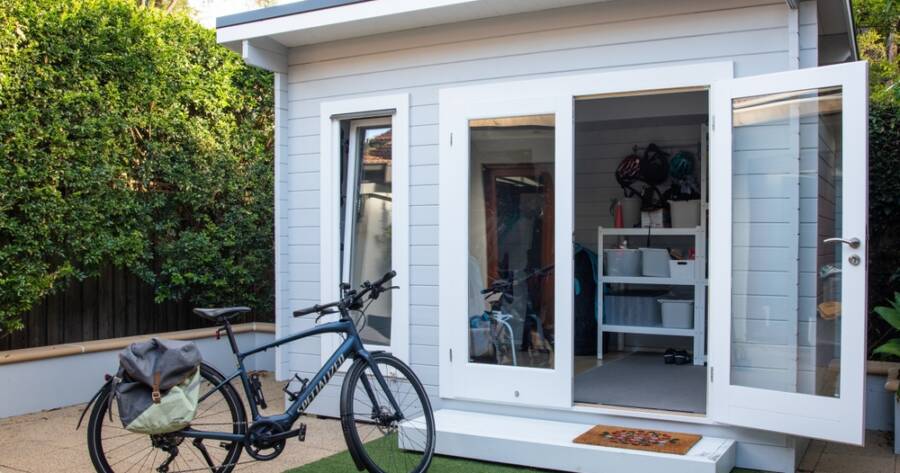Granny pods, or MEDCottages, offer a modern solution for senior housing that balances independence and family proximity. Many cost-effective units can provide economic advantages over traditional eldercare, such as enhanced property value and potential rental income. As accessibility features and zoning adaptations improve, granny pods become an increasingly viable option for caregiving and investment.
What Are Granny Pods?
Granny pods, also known as accessory dwelling units (ADUs), have emerged as an innovative housing solution tailored to the needs of senior adults. These small, self-contained living units are designed to be placed in the backyard of a primary residence, allowing elderly family members to live independently while staying close to loved ones.
Offering a mix of privacy and proximity, these structures serve as a practical alternative to traditional eldercare facilities, enabling families to provide support while maintaining personal space nearby.
The Economic Appeal of Granny Pods
The financial advantages of granny pods are noteworthy, especially when compared to the rising costs of traditional nursing homes and assisted living facilities. While the price of a granny pod can range significantly from under $50,000 to nearly $250,000 based on size and customization, they offer long-term economic benefits. Some families find that these costs are more manageable over time than the continual fees associated with nursing homes or assisted living settings.
A key economic benefit of granny pods is the potential increase in property value. They offer additional living space which can be repurposed, increasing the attractiveness of the property should it be placed on the market. For homeowners, this adds a layer of financial security and investment in the property. Beyond personal use, these units can also be used to generate rental income, further enhancing their economic value considering the real estate market.
Challenges and Considerations
Despite their benefits, the adoption of granny pods is not without challenges. Initial costs, though potentially offset over time through savings and property value increases, can be substantial.
Additionally, local zoning laws and community regulations may pose hurdles. Many areas have begun to recognize the value of ADUs, with some, like California, taking legislative steps to ease restrictions. Such changes have led to a significant increase in ADU applications, highlighting a shift toward more inclusive housing solutions in urban areas.
Design and Safety Features
The design of granny pods prioritizes accessibility and safety, crucial for senior living. These units often feature wheelchair-friendly layouts, handrails, and smart technology for managing environments, such as lighting and temperature.
Standard essentials include a bedroom on the main floor, a full bath with senior-friendly features like raised toilets and walk-in showers, and no-step entries to ensure ease of access. These designs aim to maintain the independence and safety of the elderly in their daily living.
Long-term Financial Benefits
For families considering granny pods as a housing solution, the long-term cost savings can be significant. Compared to traditional eldercare options, granny pods offer a cost-efficient alternative that can lead to economic benefits both in immediate care savings and through the potential rental income they may provide. Some families see them as a multi-functional investment, potentially offering housing for aging parents while also serving as additional space for guests or as a rental property.
Furthermore, with the rising trend of multigenerational living, granny pods serve as a bridge for maintaining strong family connections without the necessity of everyone sharing a single living space. Their affordability and versatility cater to a broad range of financial planning needs and personal preferences, making them an appealing option in the housing market.
Learn More About Granny Pods
As the demand for affordable and accessible housing grows, granny pods represent a modern solution to age-old challenges of eldercare and independent living. They provide a comfortable, secure, and economically viable living arrangement for seniors, all while keeping them close to family. With legislative changes easing the creation of these units, there has never been a better time to explore this option.
Understanding the benefits, costs, and requirements of granny pods can empower families to make informed decisions that reflect their values and financial goals. These small dwellings offer a glimpse into a future where family care and independence coexist harmoniously.
Sources
Granny pods as a practical alternative
Comparison of granny pod costs to traditional settings
Economic potential of granny pods

